A recently published article in the Annals of Surgery on breast implant safety and disease has drawn the criticism of scientists and plastic surgeons. The article, critics explain, uses flawed research methods to reach unscientific conclusions.
FDA Statement on Breast Implant Safety
Binita Ashar, MD of the FDA published a commentary on breast implant safety and disease in the same journal issue. In a press release, they stated, “We respectfully disagree with the authors conclusions. In our editorial response, we note our concerns with significant shortcomings with the study’s methodology and how the data is presented and concluded, including inconsistencies in the data and potential sources of bias. Because of these concerns, we urge the public and healthcare community to view this external assessment’s conclusions with caution.”
Unfortunately, when these conclusions are published in a reputable scientific journal, anxiety, unnecessary fear, and confusion can to grow in the population of women who have, or are considering, breast implants.
During this episode of PSC Deep Dive, board certified plastic surgeons Dr. Melinda Haws, Dr. Mary Gingrass and Dr. Patricia McGuire break down several fundamental problems in the research behind the flawed conclusions presented in the article.
Issues with the Study:
- Combined two studies
- Only 20% of Mentor patients and 60% of Allergan patients were surveyed
- Patients were compared to the general population, of whom half are men, leading to skewed numbers
“I think it is important for people to understand the limitations of this article,” begins Dr. McGuire. “The first one is that they combined two studies. These are two completely different studies, different methodologies. You really can’t combine two different studies and come up with any scientific conclusion.”
Two Different Sets of Data
The journal article combined data from post-approval studies from Allergan and Mentor, two companies that design, manufacture and sell breast implants.
Once a device, in this case a breast implant, has been approved by the FDA, the FDA often requires some type of follow-up be completed on a subset of patients to help assure continued safety of the approved device.
Comparing the data of two different post-approval studies, as done in this article, is like comparing apples and oranges.
Not a Complete Picture
The first major difference between these two studies lies in the percentage of patients who completed the study surveys: 20% of patients for Mentor, and 60% for Allergan.
The differences continue in how the follow-up was obtained. Mentor patients were invited to self-describe any symptoms they experienced. Allergan patients, on the other hand, required that a physician document and diagnose diseases reported during follow up.
After combining data, the article went on to make conclusions about how patients with implants compared to the general population in regards to developing certain diseases. Herein lies another problem: patients in the breast implant follow up population are women, the majority of which fall somewhere between the ages of 22 and 50. The general population these patients are compared to include men and women of all ages.
“One of the things they noted was an increase in the risk of stillbirth compared to the general population,” points out McGuire. “Well, if 50% of the general population are male, they are not going to have stillbirths. So that number already becomes a bit suspicious.”
Once you begin to realize the lack of scientific value in one conclusion, it is impossible to place much value in other conclusions reached by the same article.
Information Does Not Show a Cause & Effect Relationship
“This is going to cause unnecessary angst in women who have breast implants who might not be in the scientific realm where they can analyze the data and understand,” says Dr. Mary Gingrass. “It’s throwing out information that really doesn’t show a cause and effect relationship. And I’m afraid that people are going to interpret it as, “Breast implants cause these problems.”
There are, on the other hand, over thirty-five studies in the past twenty years that have addressed the relationship between disease and breast implants according to scientific method.
“I absolutely want to be able to give people good data. Everyday I am interested in good scientific information on breast implants, and I want my patients to be able to come to me for updated, valid information,” adds Gingrass. “I think that this study, so to speak, is giving people unnecessary fear.”
Faulty Conclusions from Old Data
“This paper is not new data. It’s analysis of old data. All of it at least seven years old,” shares Dr. Melinda Haws. “I’m upset and angered that now, with the publication of this paper in a reputable journal, old data has been mish-mashed together to create a frenzy of fear.”
Dr. Haws prefers spending time during a breast implant consultation discussing the importance of breast health with her patients. A woman’s risk for breast cancer, she points out, is one in eight.
Instead, articles like this instill fear that breast implants put patients at a higher risk for other diseases – fears that have no real scientific basis. As a result, she regularly spends time during consultations and follow-up appointments explaining the flaws in a study that promoted unnecessary fear.
The Importance of Long-Term Follow Up for Patient Health
In many cases, when a silicone implant ruptures, a patient may not know the rupture has occurred. The terminology often used to describe this occurrence is silent rupture.
“This paper also may give women some anxiety about silent rupture,” adds Gingrass. “We have lots and lots of studies showing that ruptured silicone implants do not cause disease.”
When women with implants notice a change in their breasts or experience anxiety about a possible silent rupture, the first place they should visit is their board certified plastic surgeon’s office.
“I can’t tell you how many women come to me after being terrified for six weeks, getting mammograms and ultrasounds, and it’s a fold in the implant. Or it’s the edge of the implant, or a wrinkle in the implant. I can really shortcut the anxiety,” says Haws. “I also have patients who come to me and I have helped them diagnose their breast cancer.”
Haws, Gingrass and McGuire all emphasize the importance of maintaining a long term relationship with breast implant patients. They recommend annual or biannual follow up visits. This way, if something changes, it will not go unnoticed.
Stay tuned for the next part of PSC Deep Dive on Breast Implant Safety and Disease. See more Deep Dive programs here.



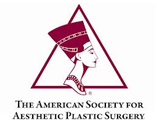
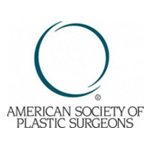
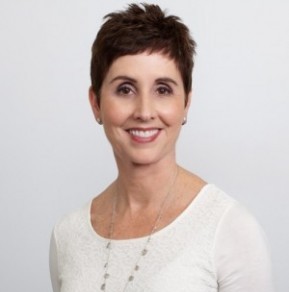


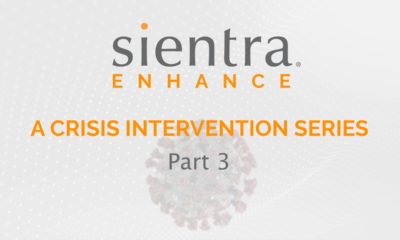

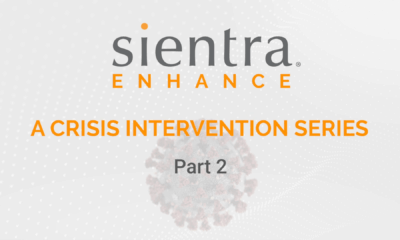
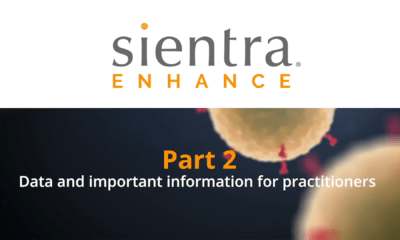
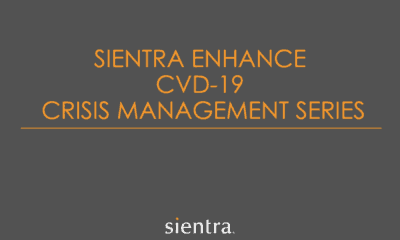
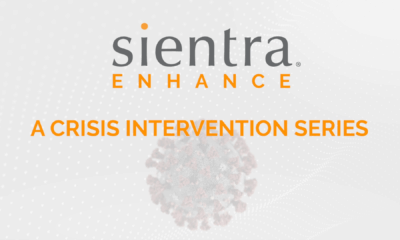





Facebook
Twitter
Instagram
YouTube
RSS